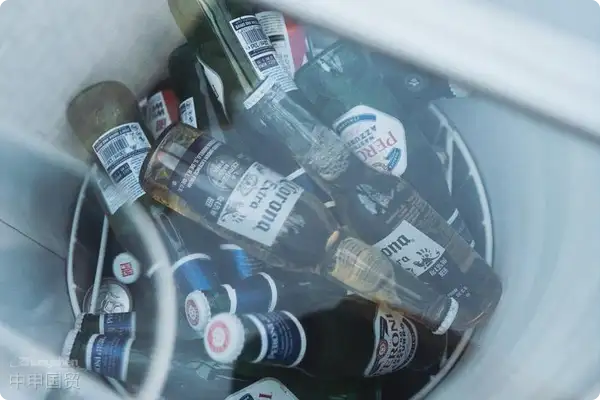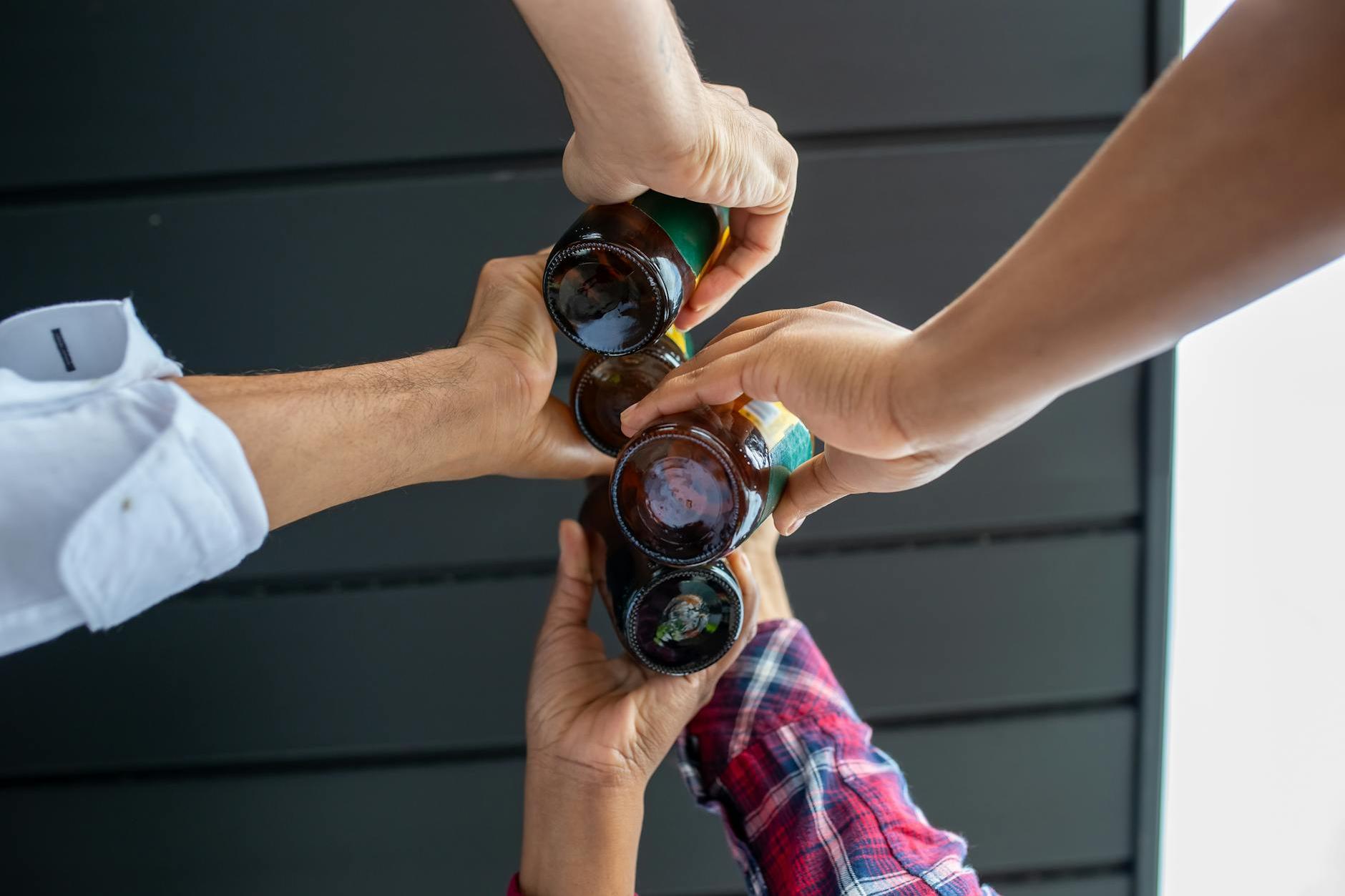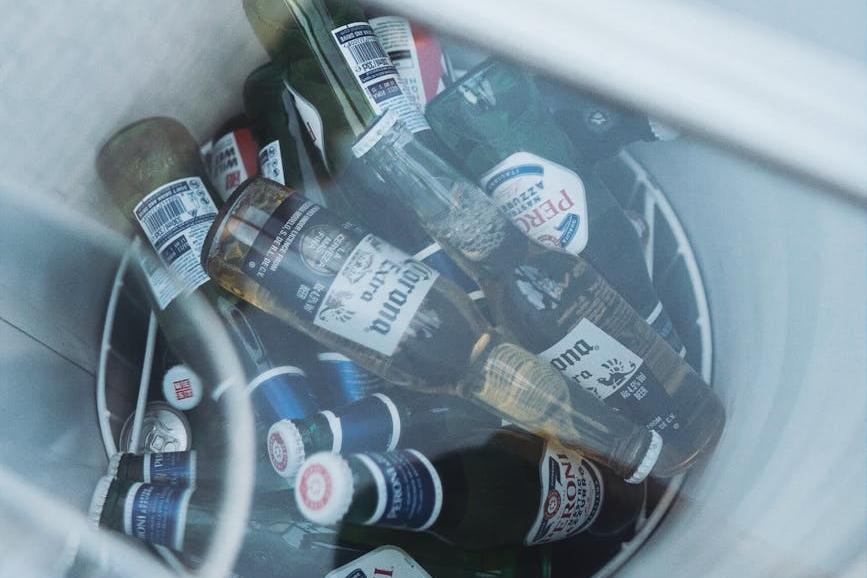- Shanghai Zhongshen International Trade Co., Ltd. - Two decades of trade agency expertise.
- Service Hotline: 139 1787 2118

When white beer meets customs: The pitfalls weve stepped on over the years
Last year, a client excitedly imported 2,000 cases of Belgian white beer, only to have them detained at the port for a full 45 days—all because the English font of wheat beer on the label was one size smaller than required. As a veteran with 20 years of experience,foreign tradeI want to say: The romantic story of imported beer often begins with wind, flowers, snow, and moon, and ends with customs documents.
Three core life-or-death links
- The devil is in the details of certification
- EU manufacturers need to provide BRC certification (pay attention to time zone differences in validity periods)
- Japanese sake brewing process certification is not applicable to beer categories
- The permutation game of HS codes
- The tariff difference between 2203.00.10 and 2203.00.90 can reach 7%
- Alcohol concentration variation of ±0.5% may trigger regulatory method changes
- The three gates of label review
- Chinese back labels must cover 80% of original label content
- German beer must indicate original wort concentration rather than alcohol content
Practical customs clearance comparison between Germany and Belgium
| Project | German wheat beer | Belgian white beer |
|---|---|---|
| Validity period of sanitary certificate | Issued within 15 days prior to shipment | Issued within 30 days prior to shipment |
| Special ingredient declaration | Yeast strain number must be specified | Orange peel components require phytosanitary certificate |
| Transport temperature monitoring | Maintain 5-8℃ throughout the process | Ambient temperature transport allowed but requires light avoidance |
Those emergency orders weve saved over the years
The most challenging case handled in 2023: A brands wheat beer had its entire shipment judged as quality issues because the customs broker mistakenly wrote sediment type instead of hazy type. We coordinated overnight with the Belgian Chamber of Commerce to issue a process explanation and conducted turbidity tests with laboratories, finally completing clearance one day before port overstay.
- Classic failure cases
- Bavarian Oktoberfest commemorative edition: Festival logo involved intellectual property filing
- Organic certification label missing traceability QR code
Choosing the right ally is more important than choosing the right beer
Last year, a new client in the industry chose the cheapest customs broker after comparing three quotations. Due to the brokers unfamiliarity with nighttime inspection procedures for beer imports, the temperature-controlled container lost power, resulting in the complete loss of IPA worth millions. Remember: Professional emergency response capabilities are often hidden in the blank spaces of service quotations.
- Essential partner capabilities
- Pre-classification accuracy test (requires providing historical cases)
- Real-time temperature control system for cold chain warehousing
- Nighttime emergency channels with local customs
Looking at the neatly stacked imported white beers in the warehouse, I suddenly recalled what a senior colleague once said: Customs is not a roadblock, but the final gatekeeper of product quality. The next time you raise your glass for a drink, consider how many professional defenses this bottle of beer has passed through to achieve its perfect presentation.
Related Recommendations
? 2025. All Rights Reserved. Shanghai ICP No. 2023007705-2  PSB Record: Shanghai No.31011502009912
PSB Record: Shanghai No.31011502009912










